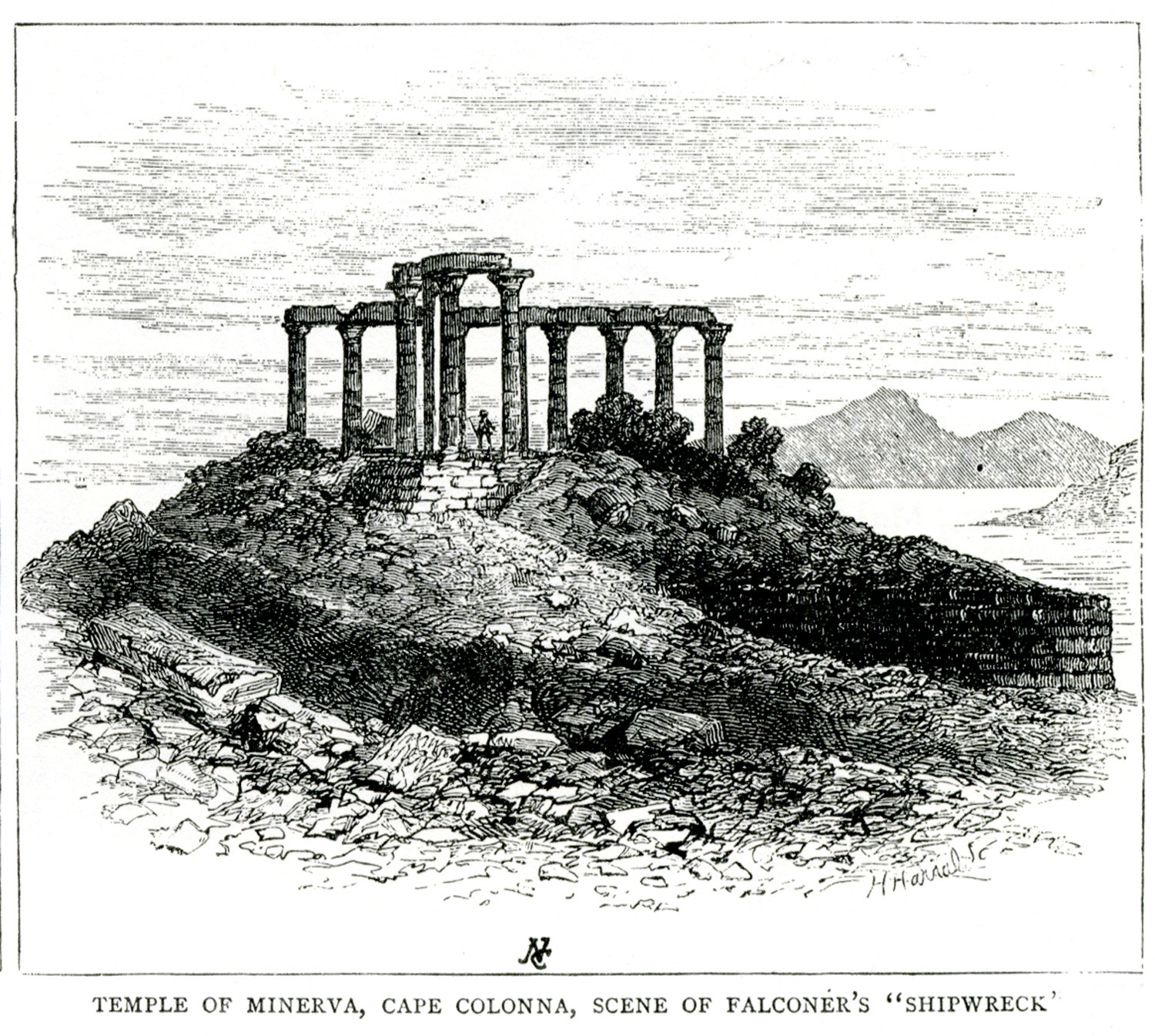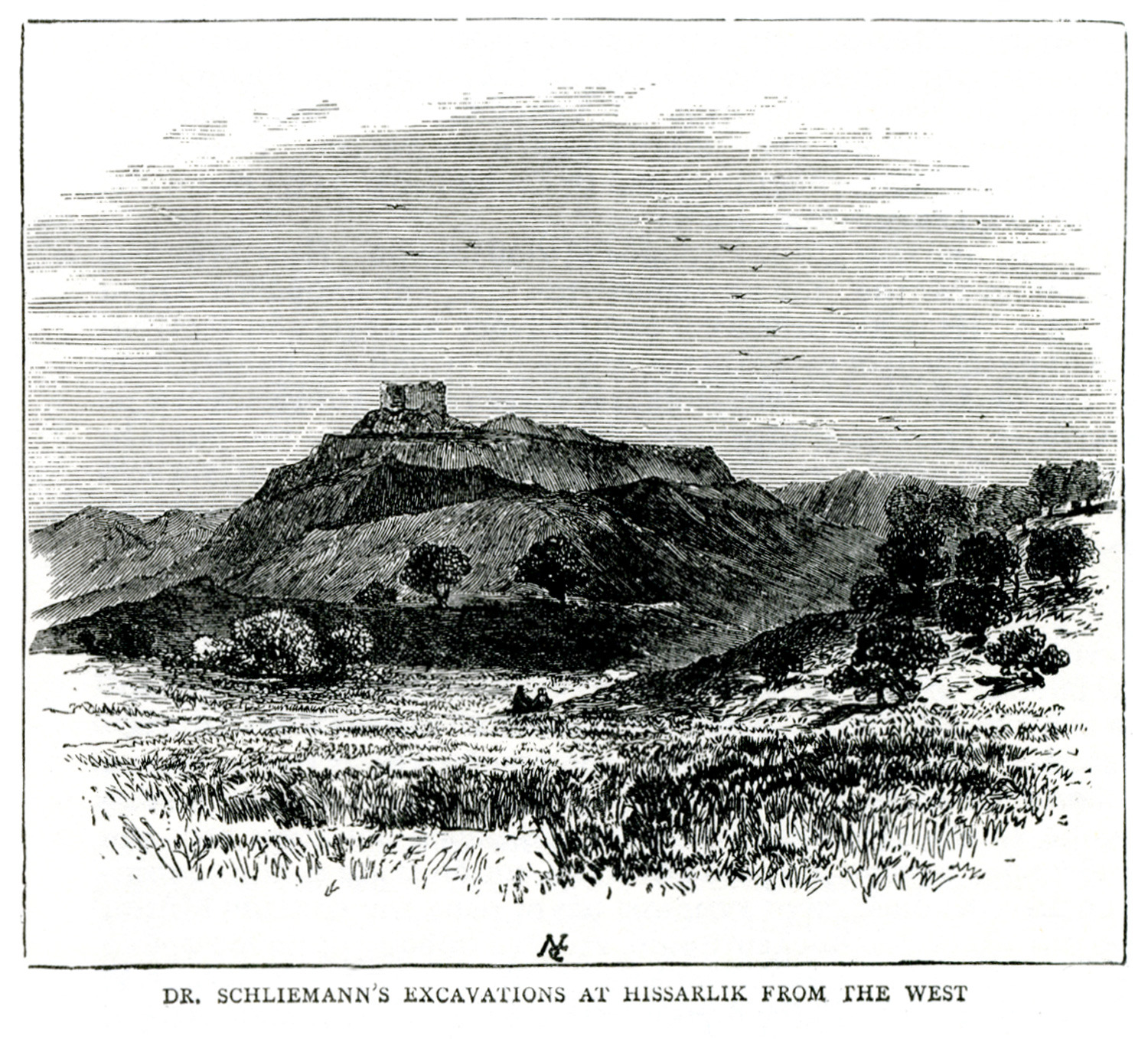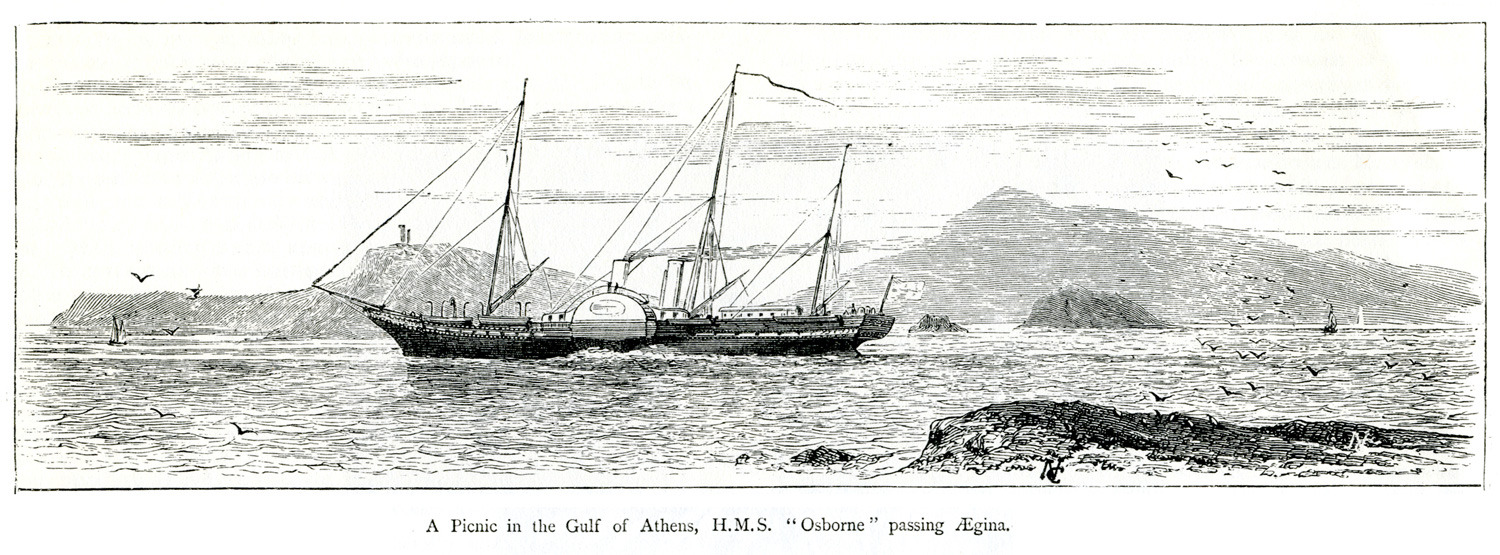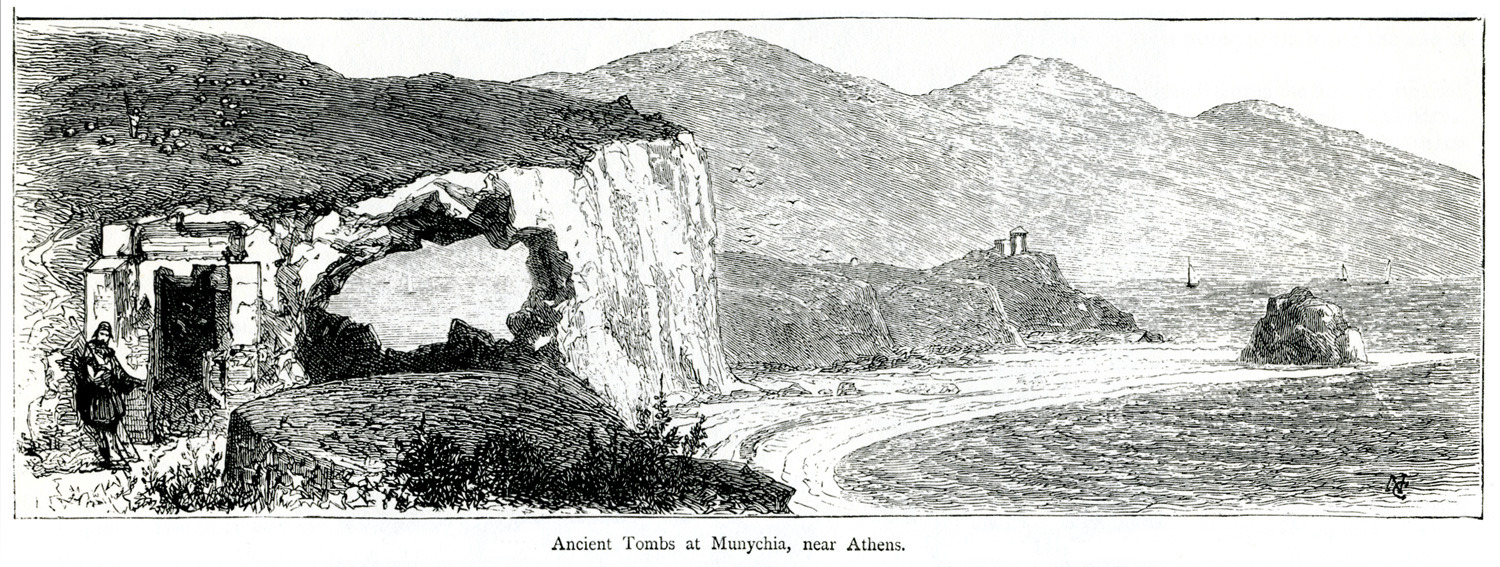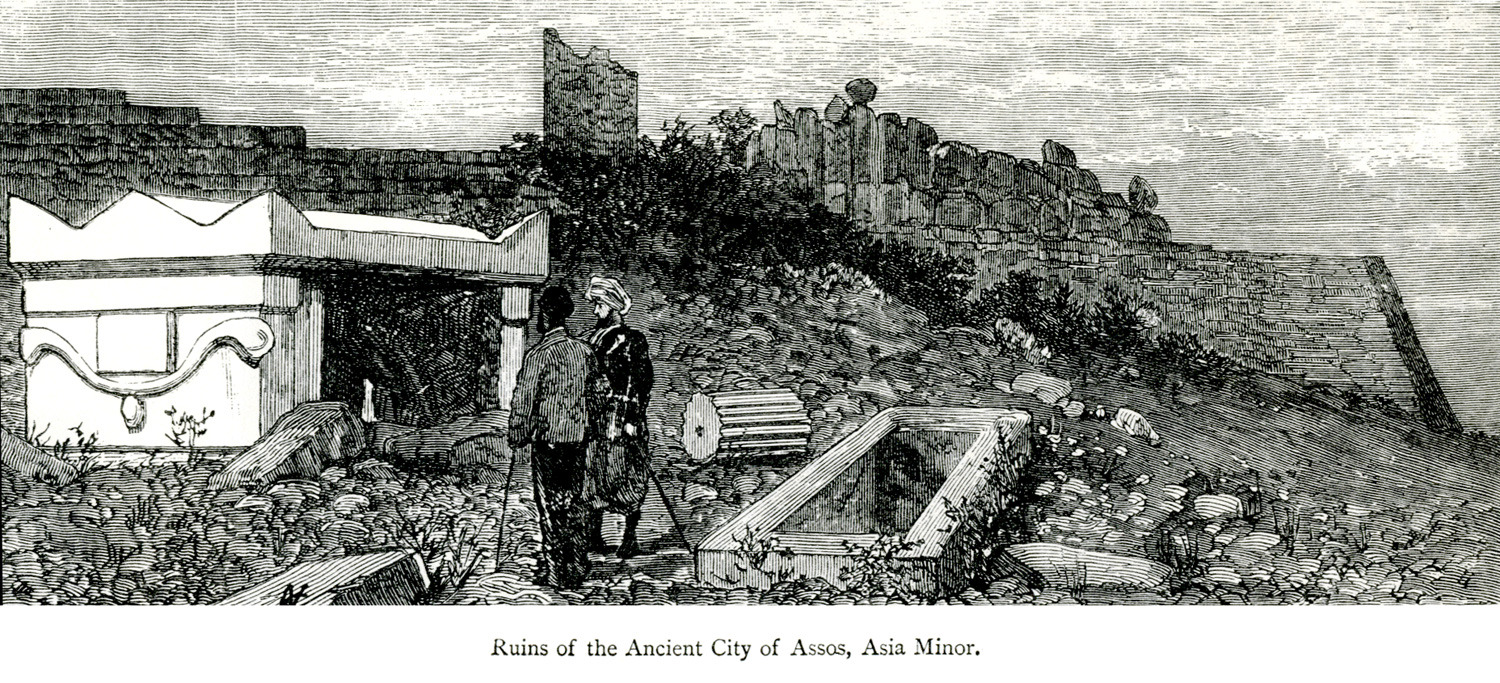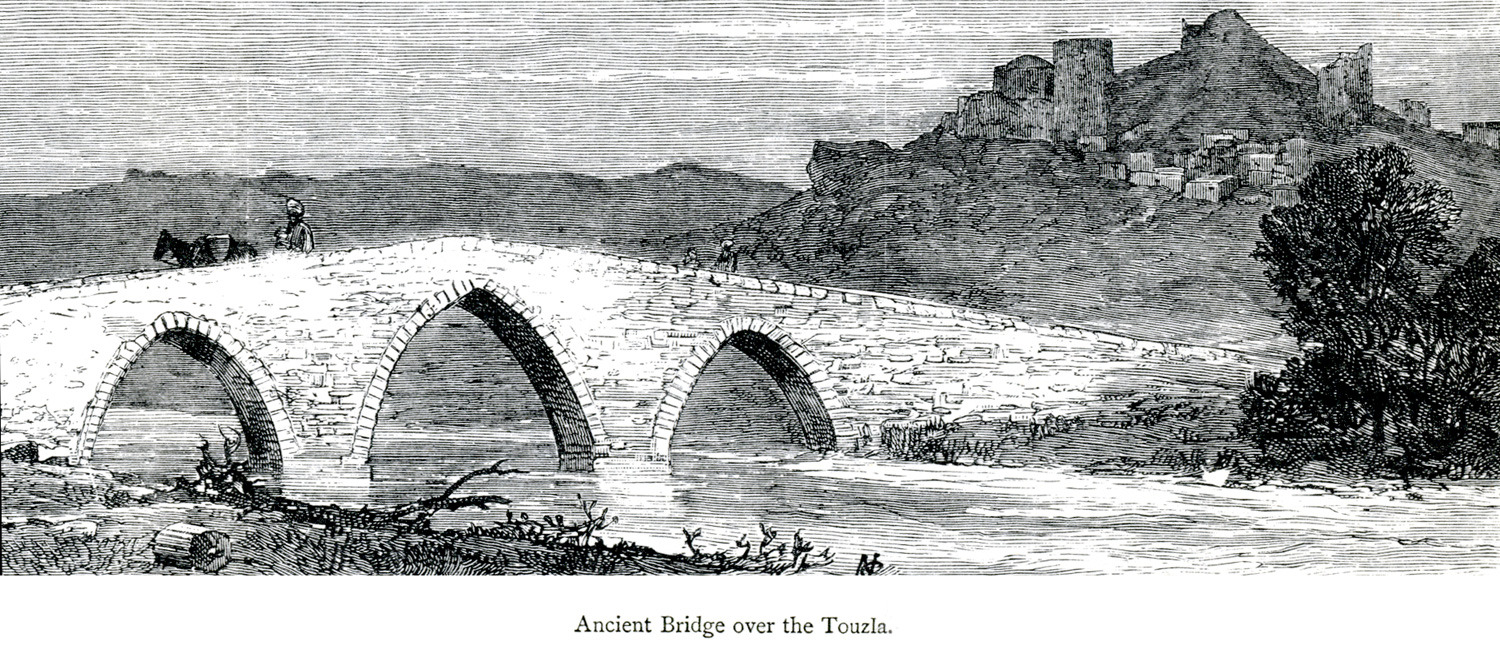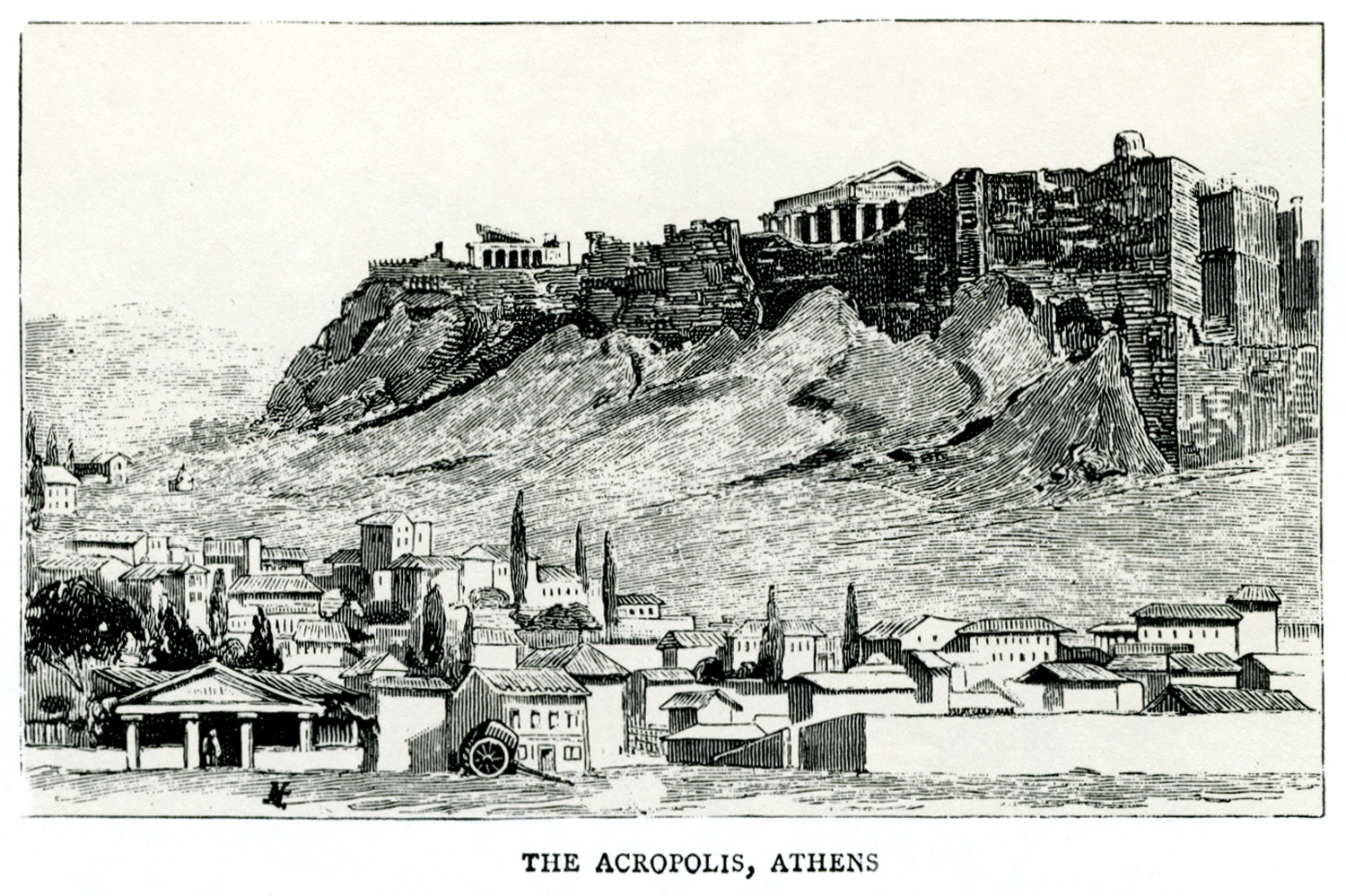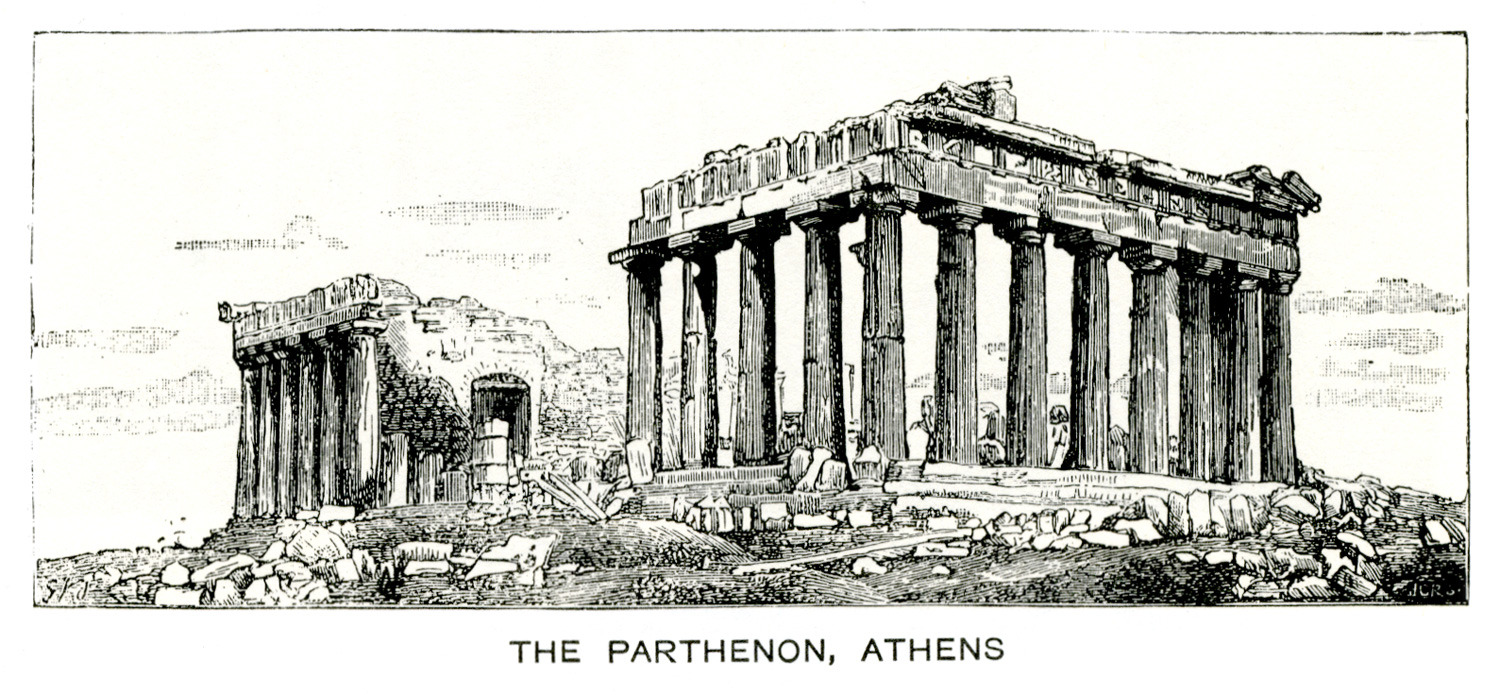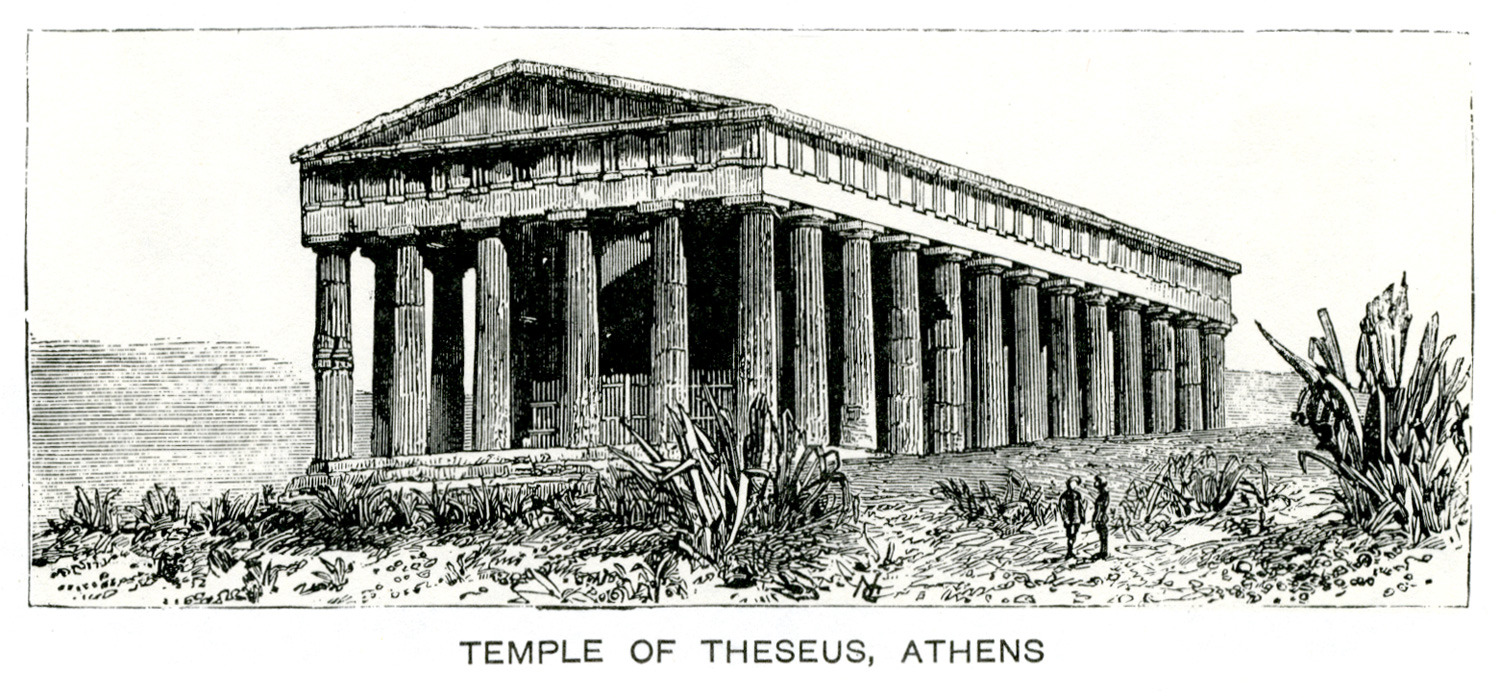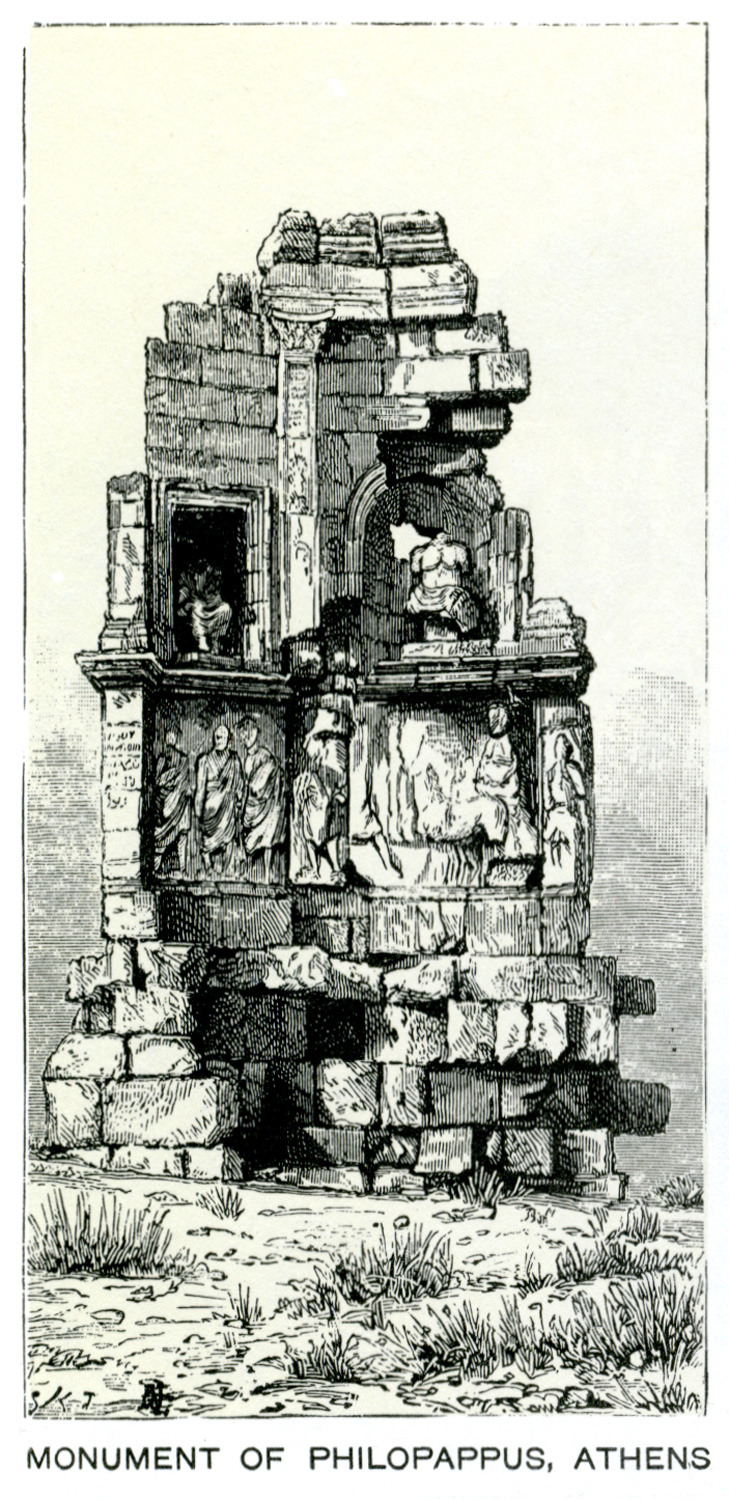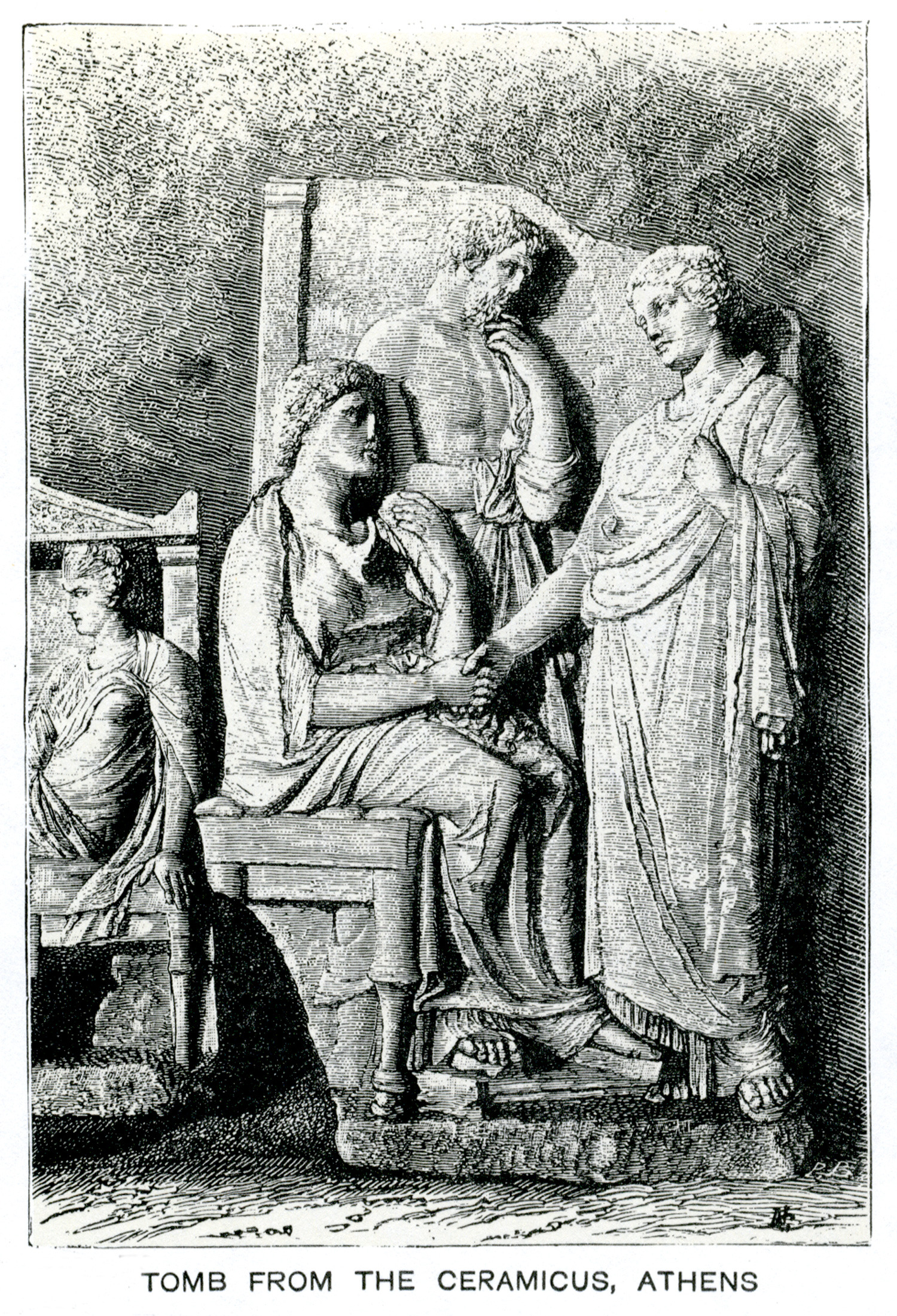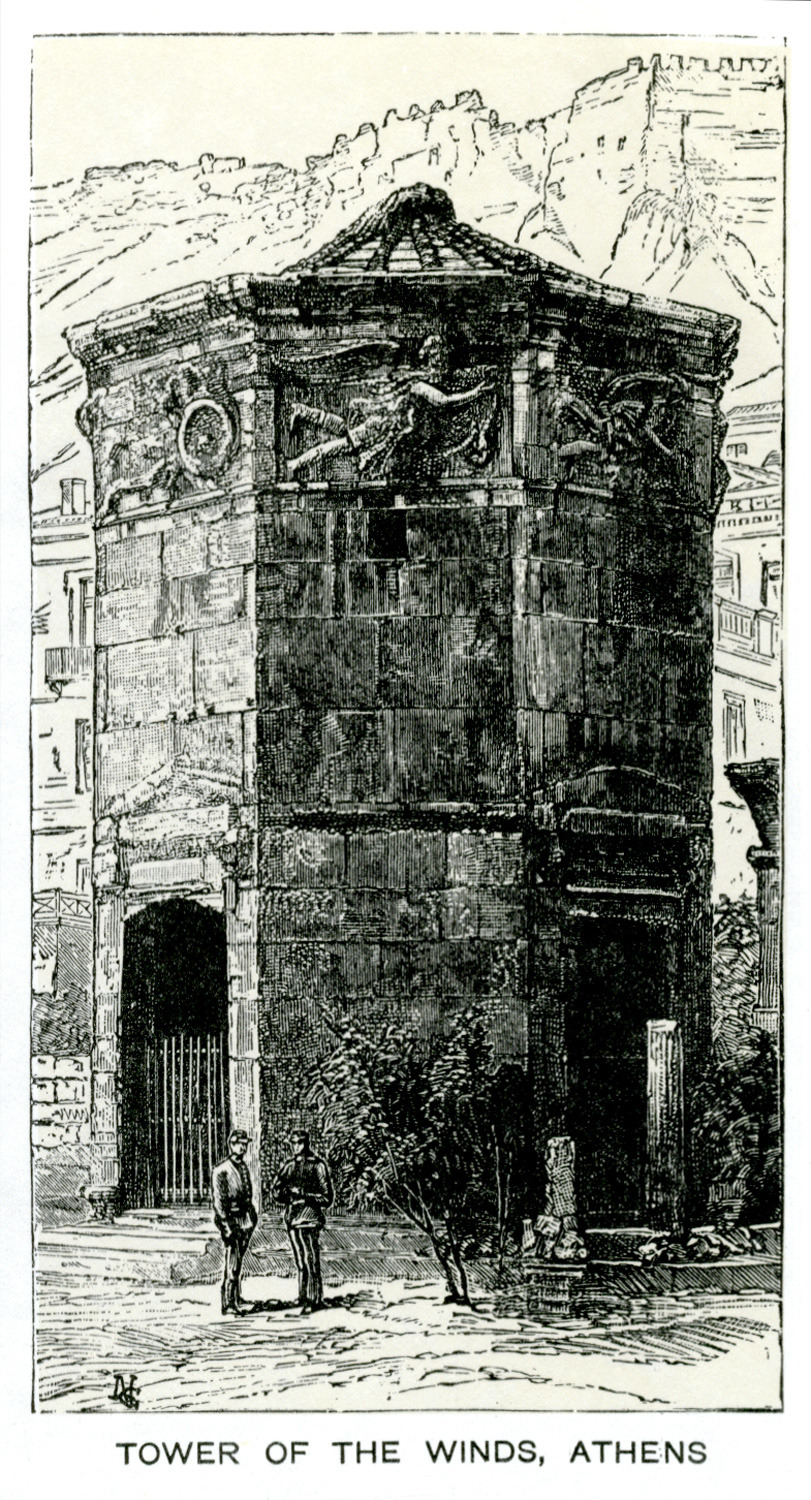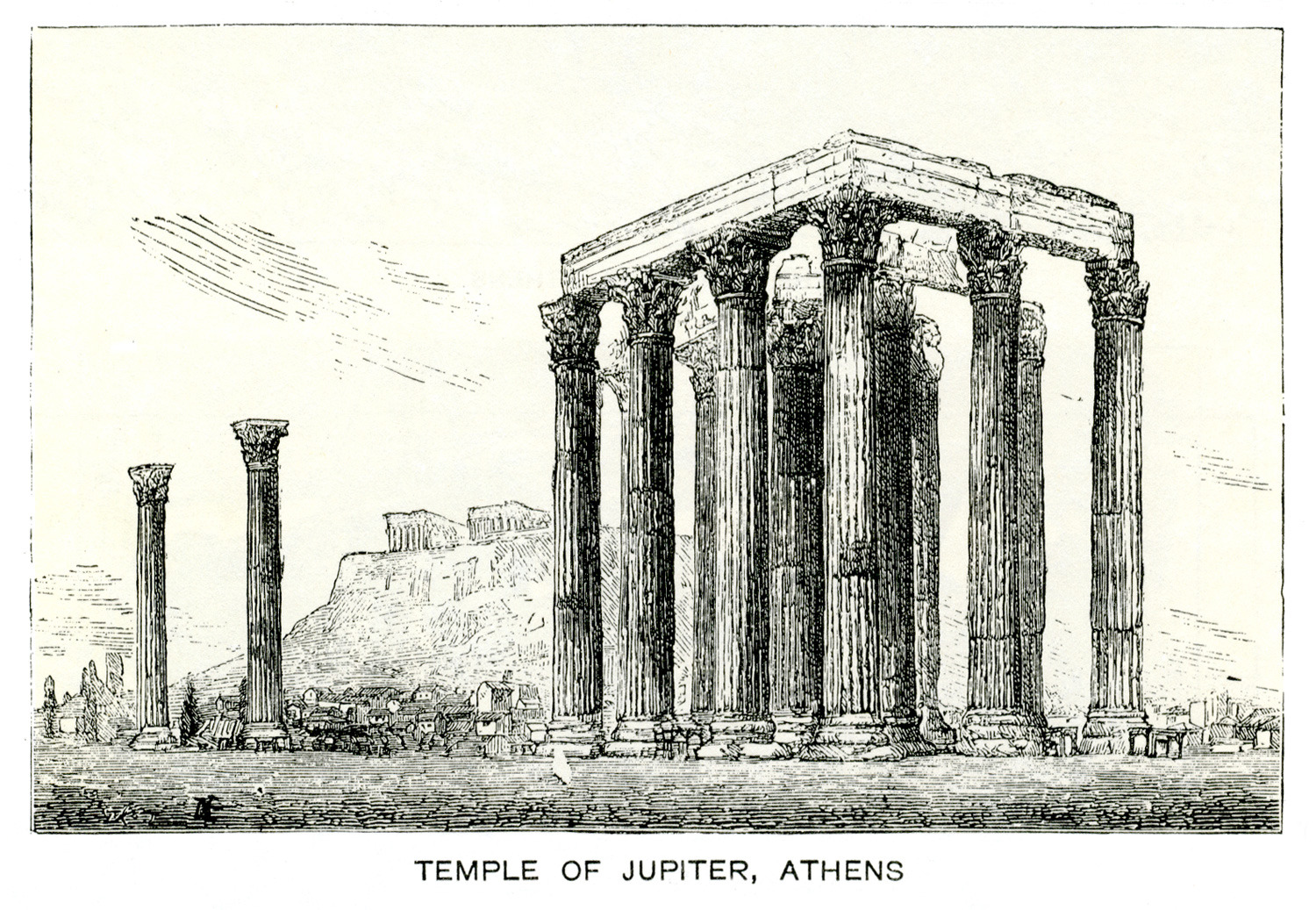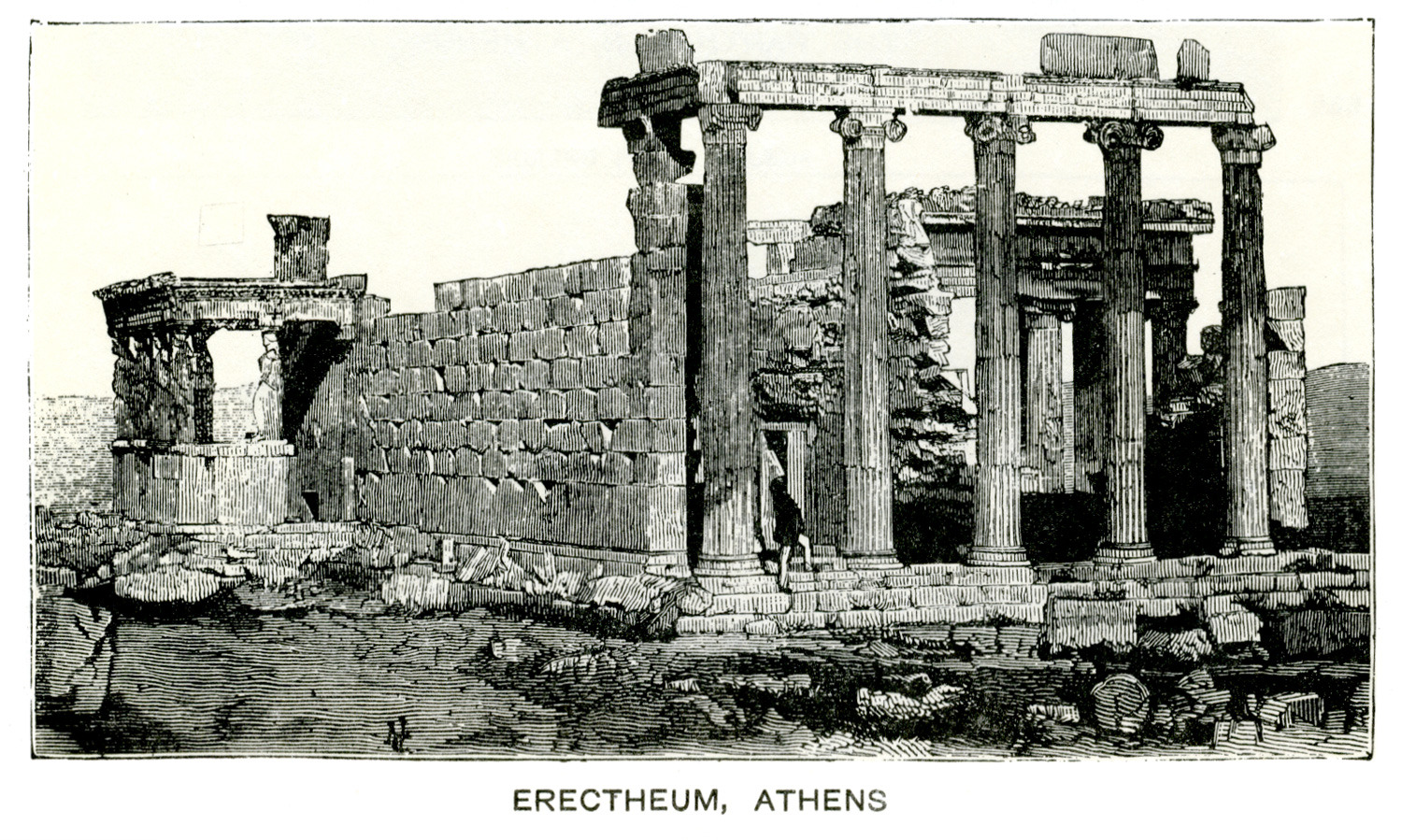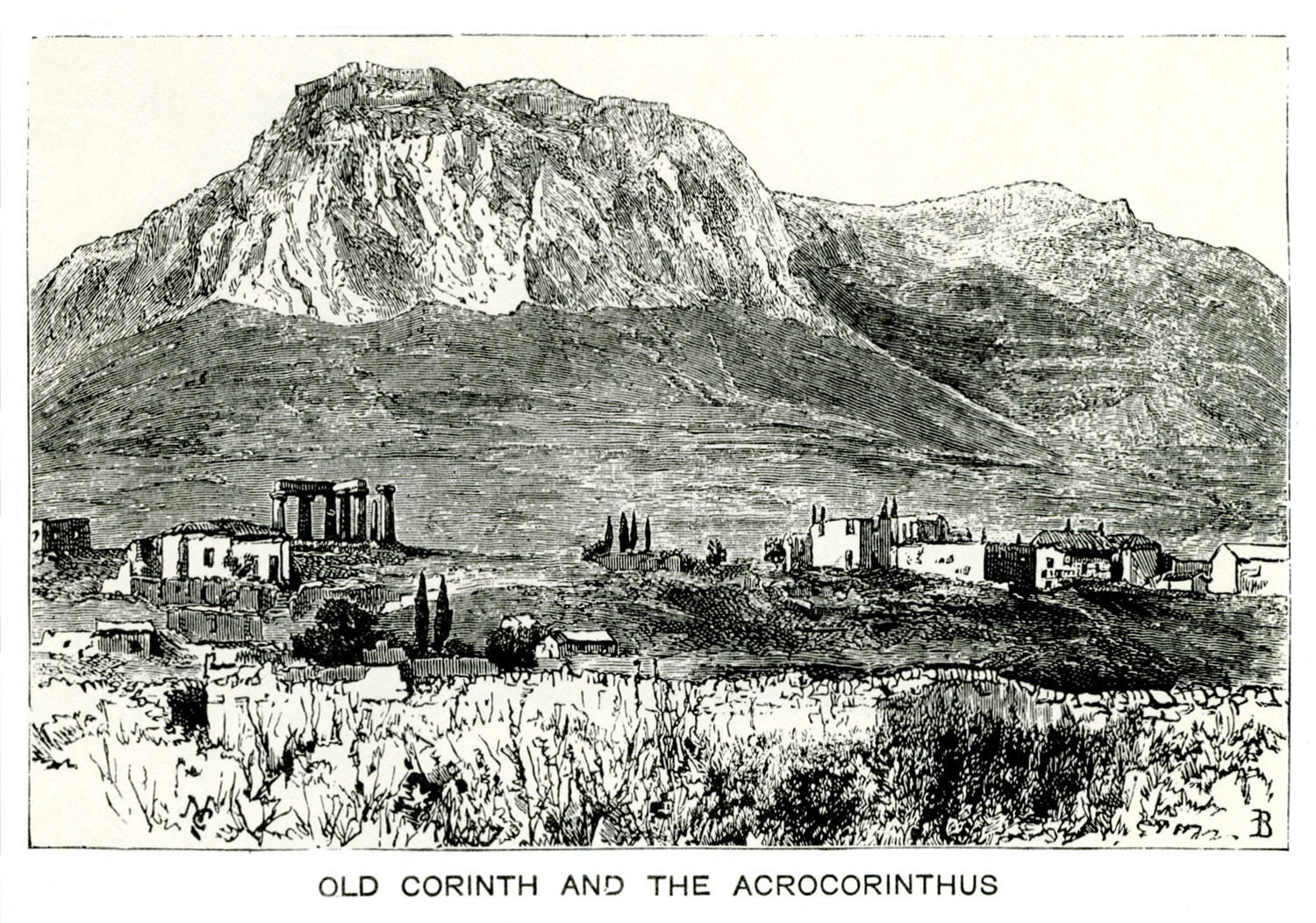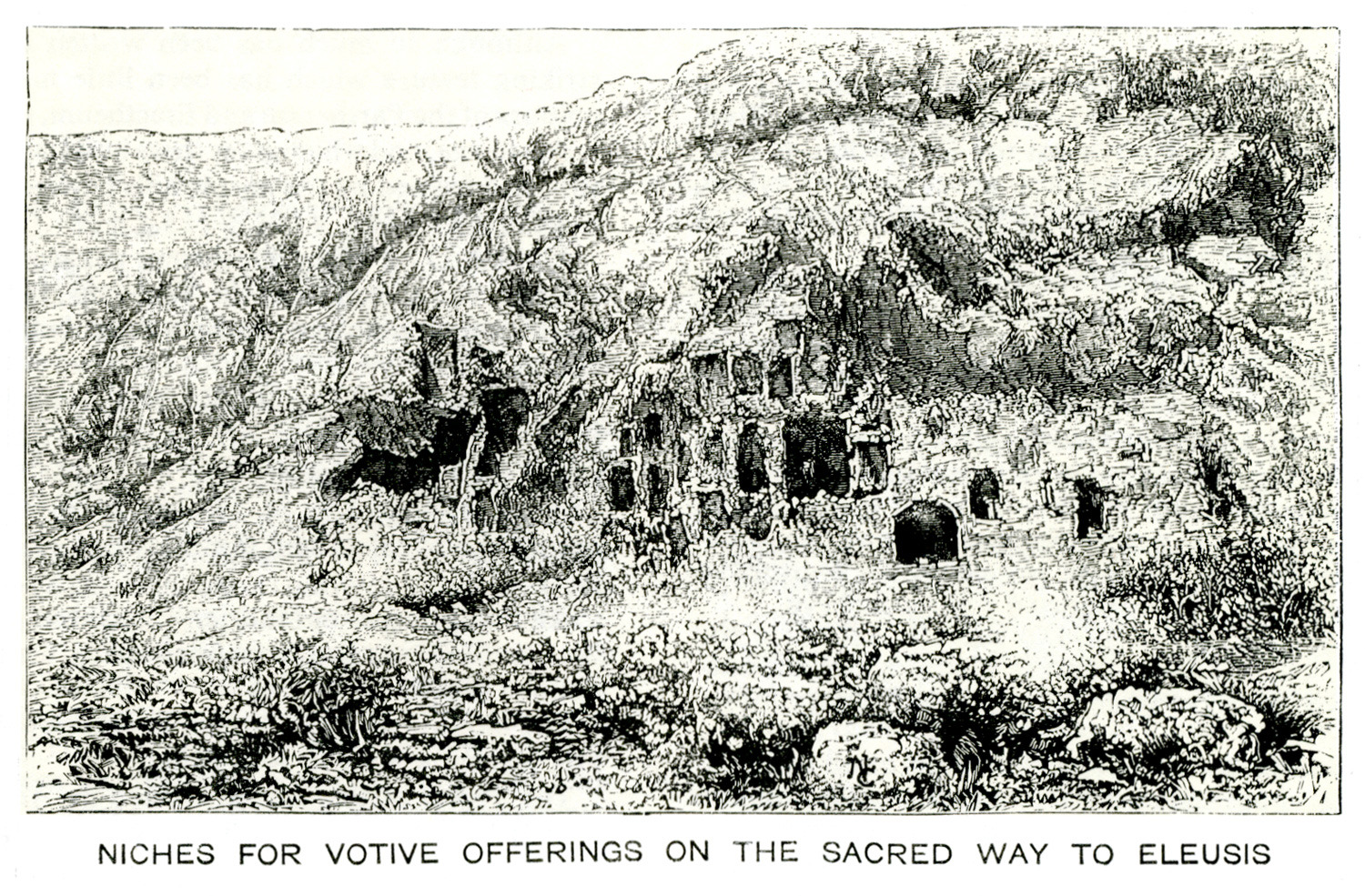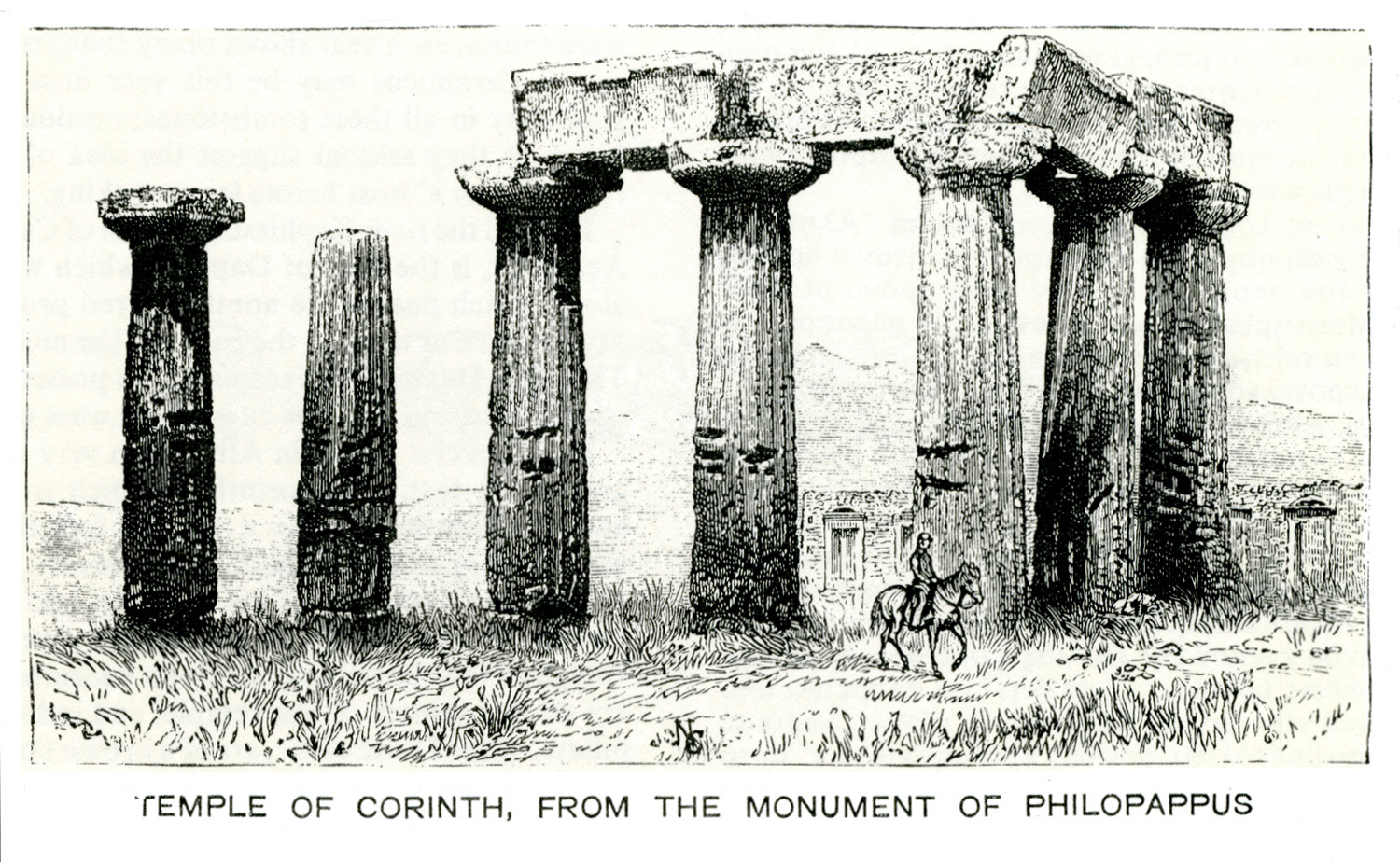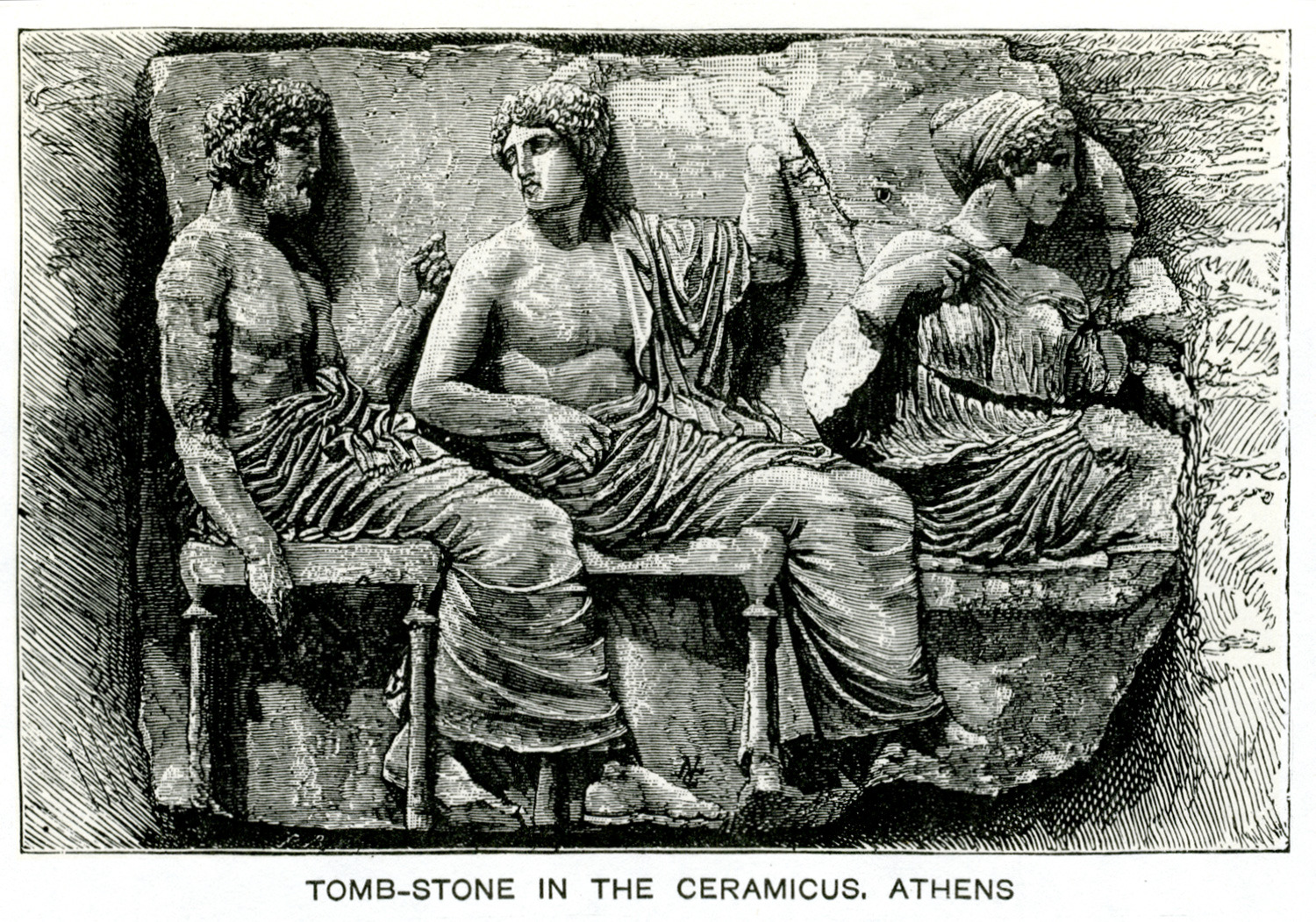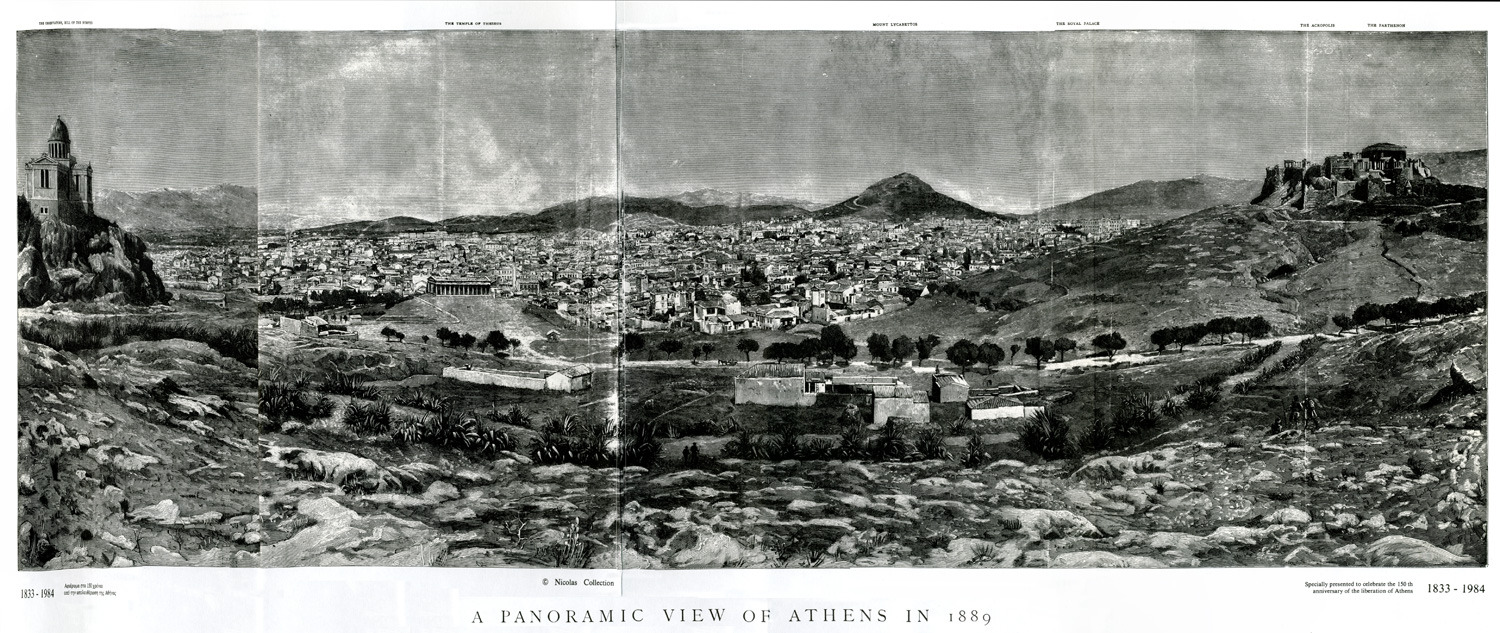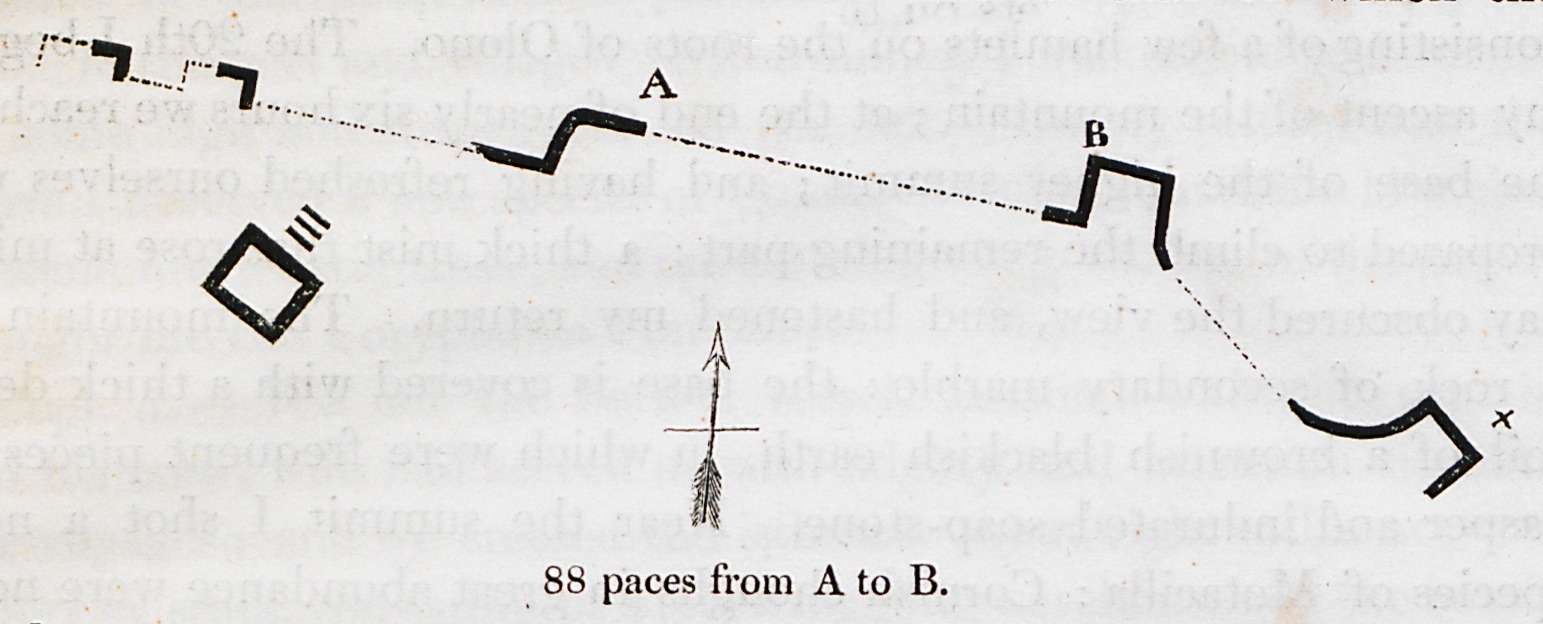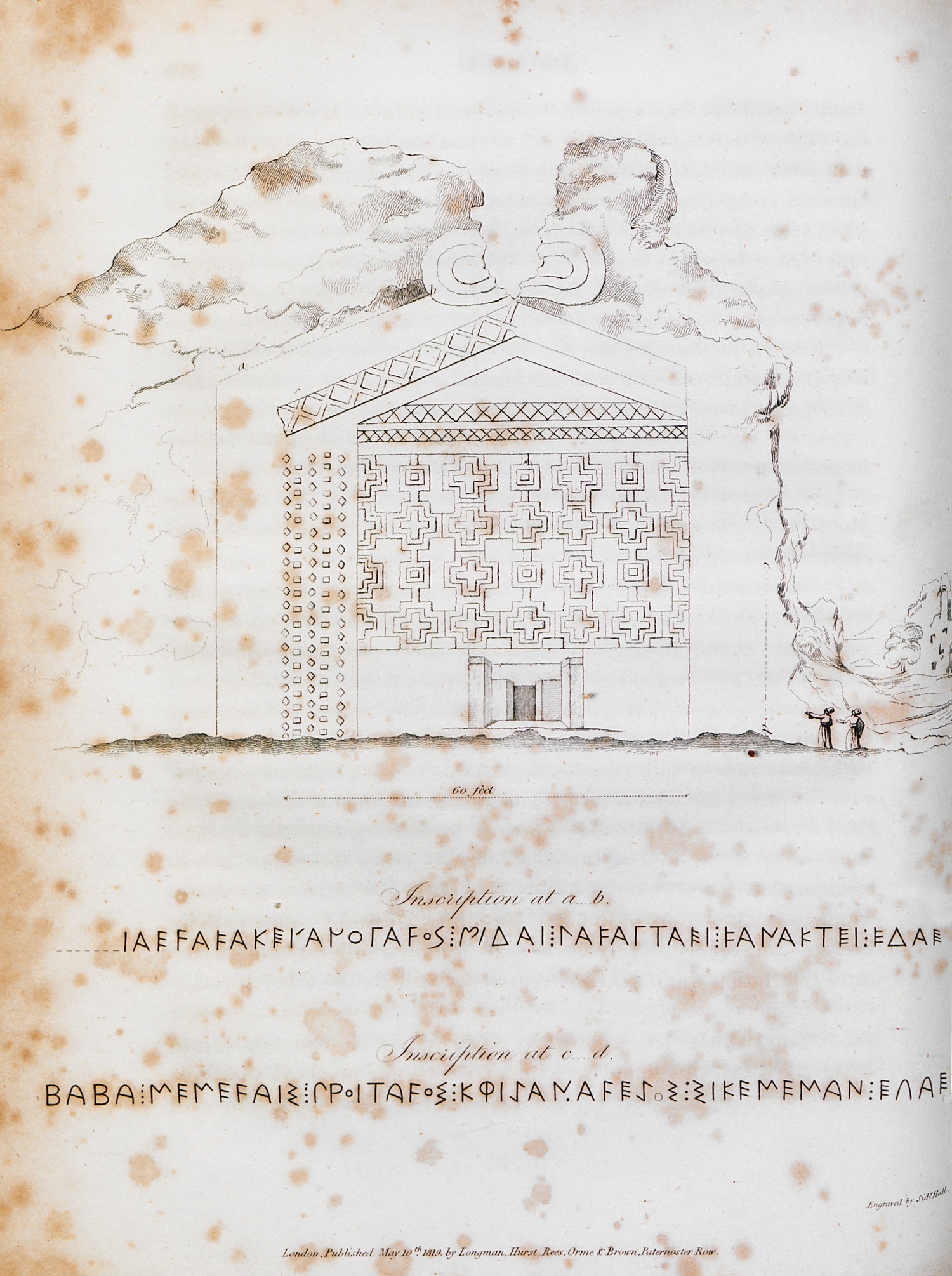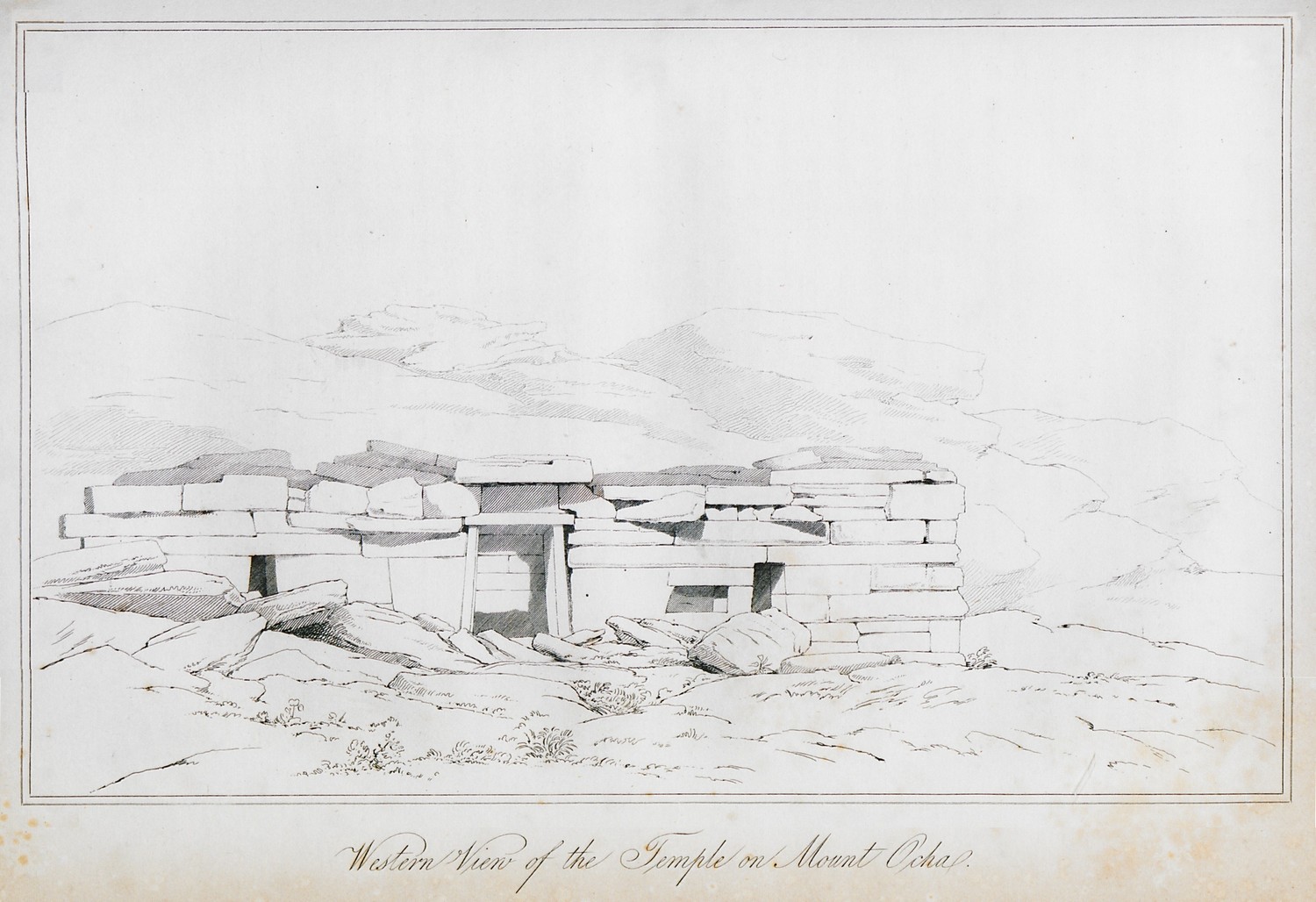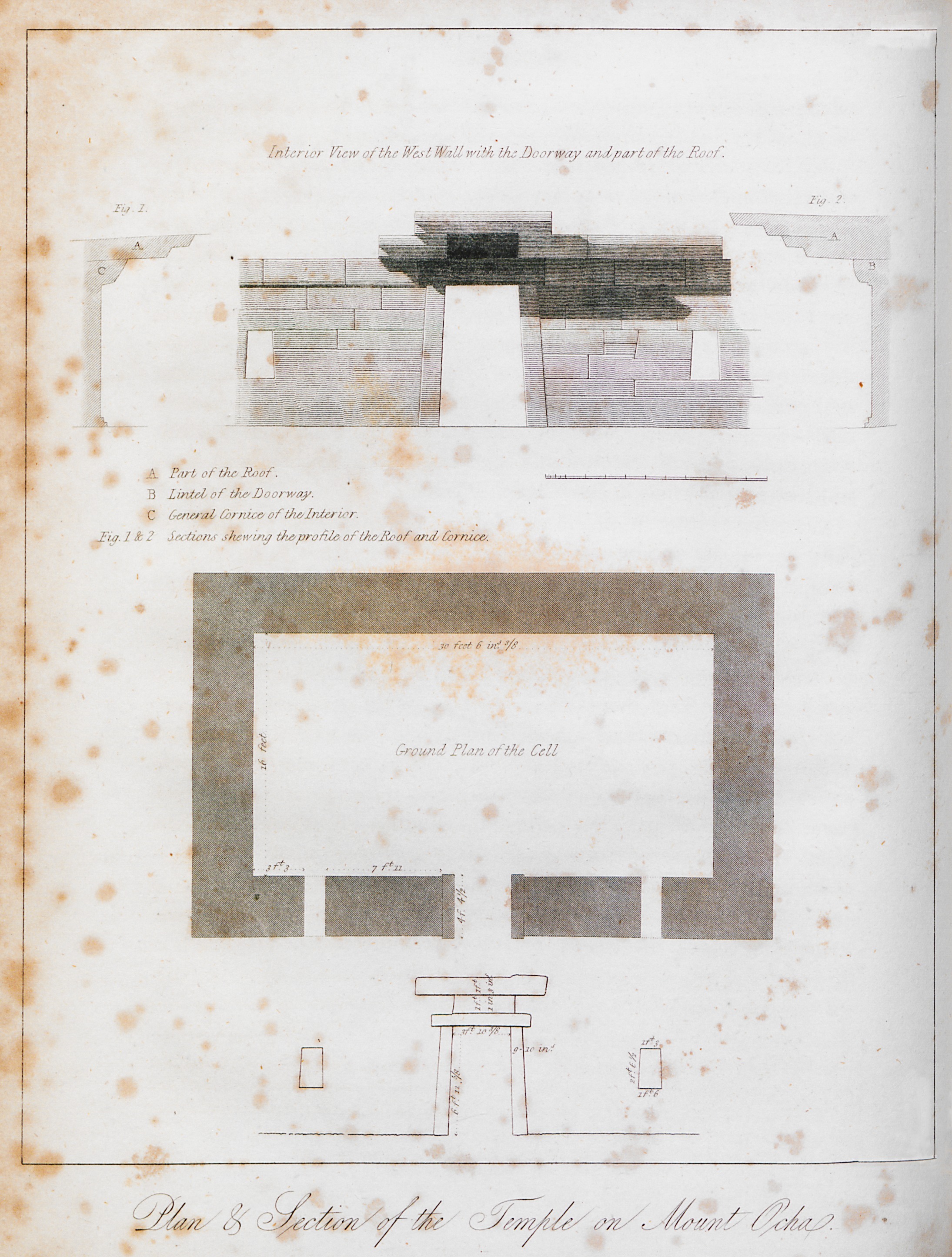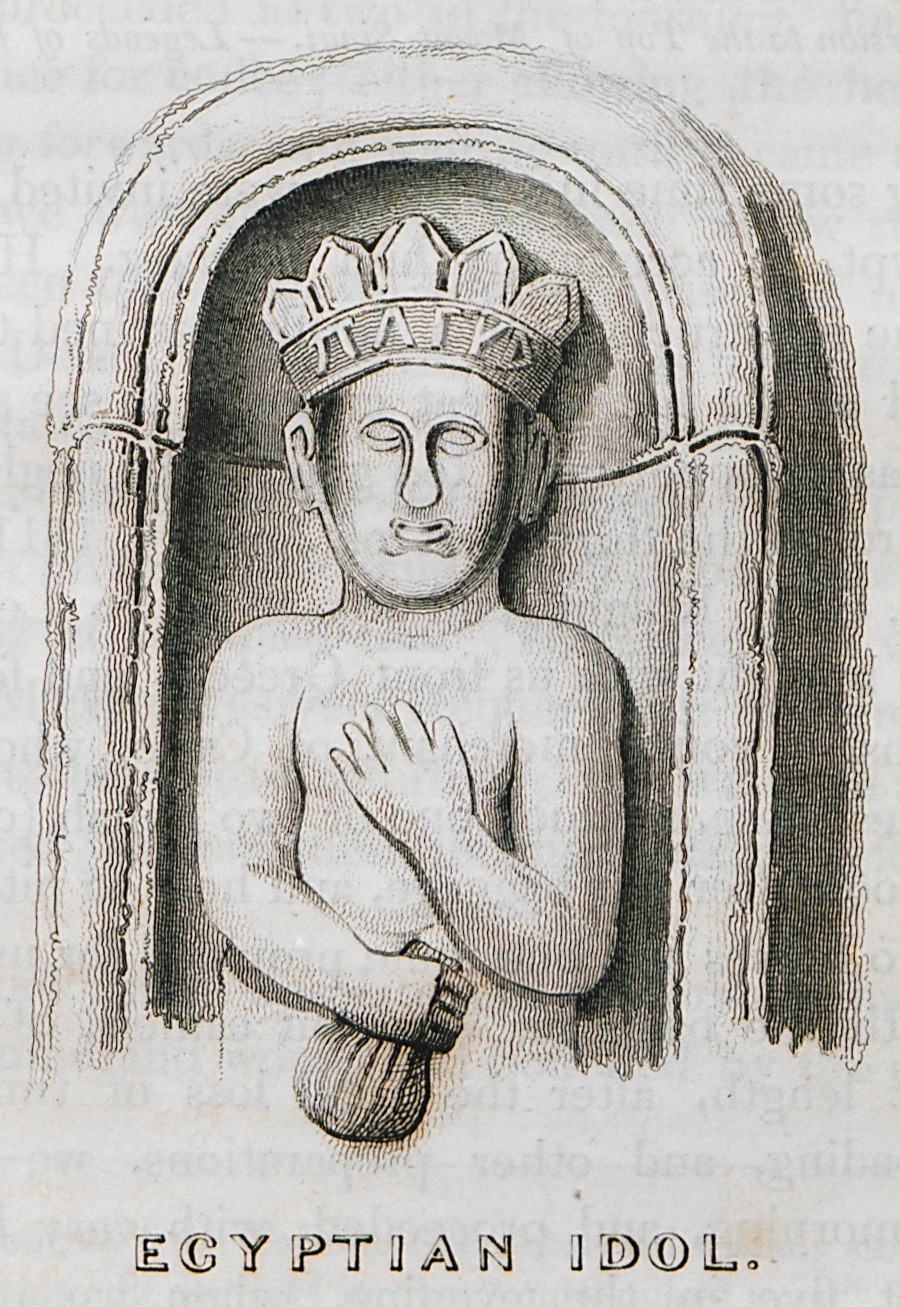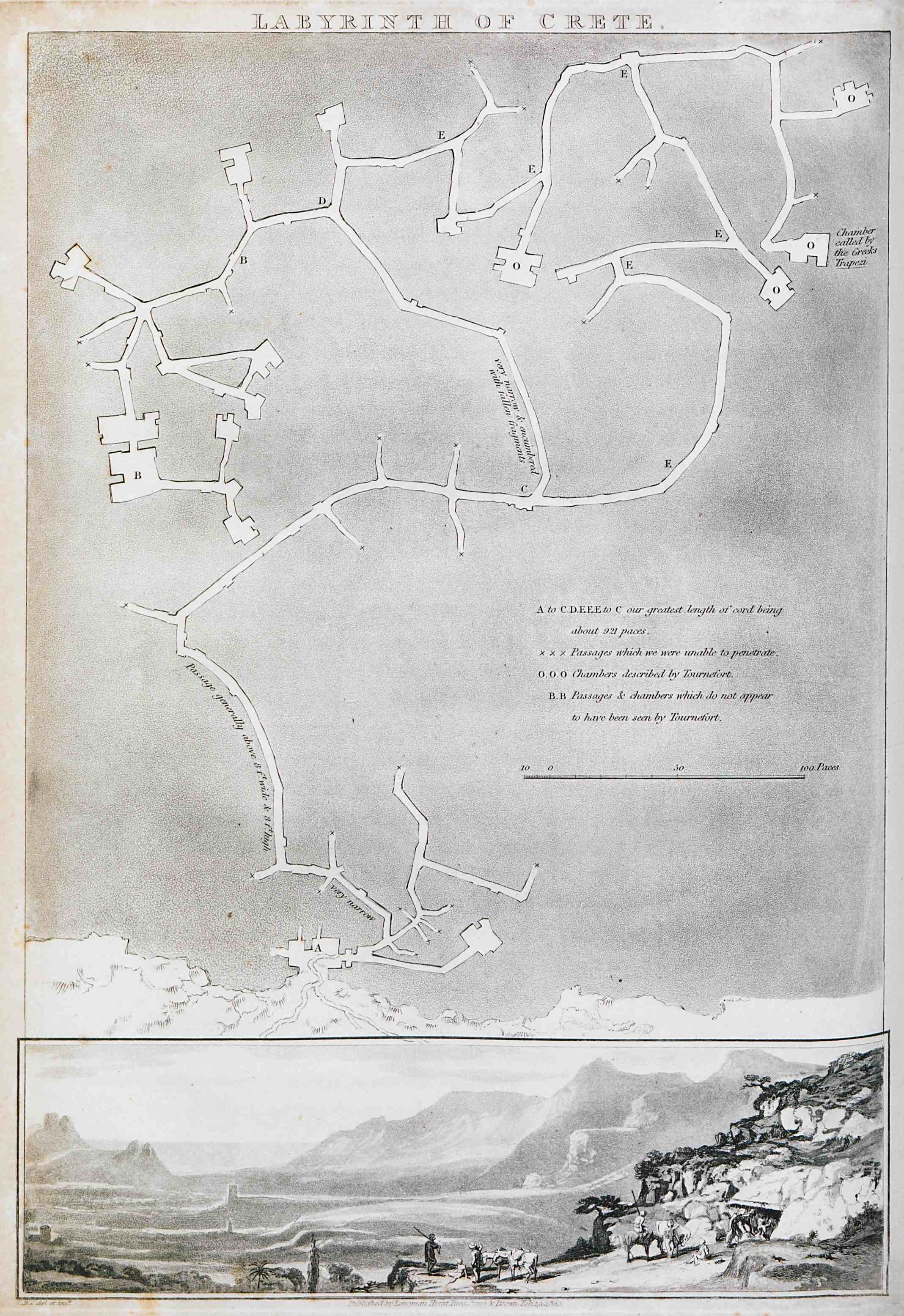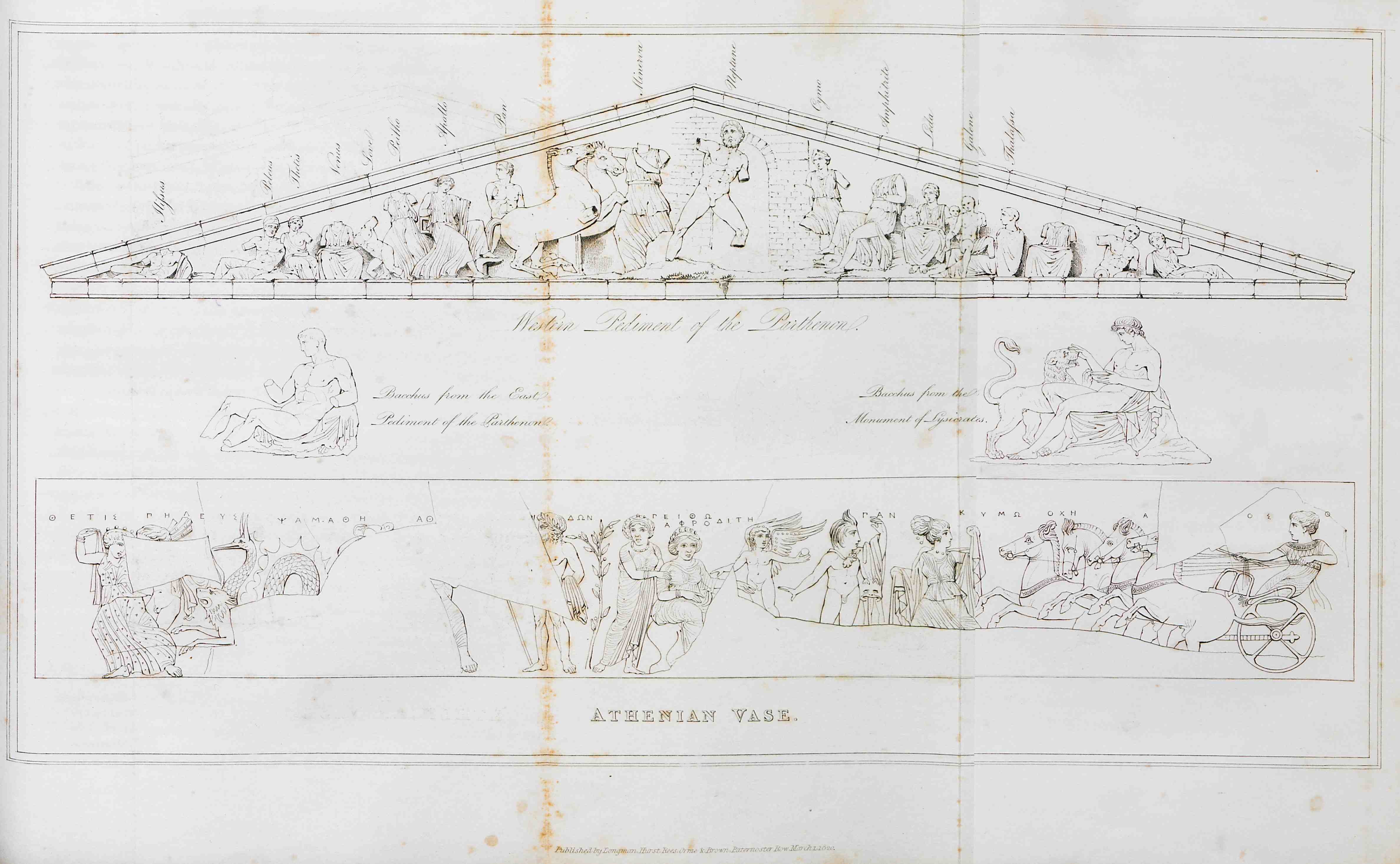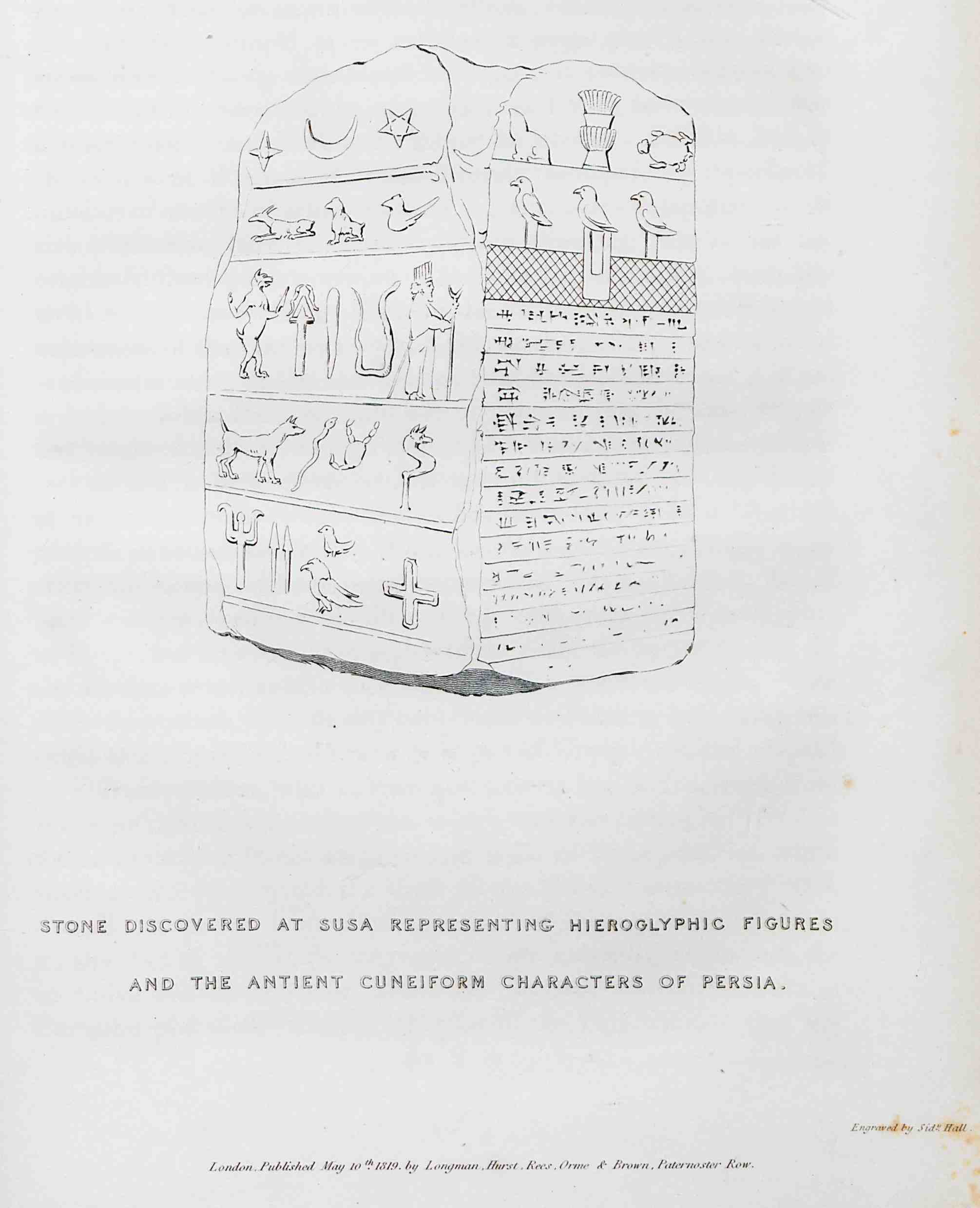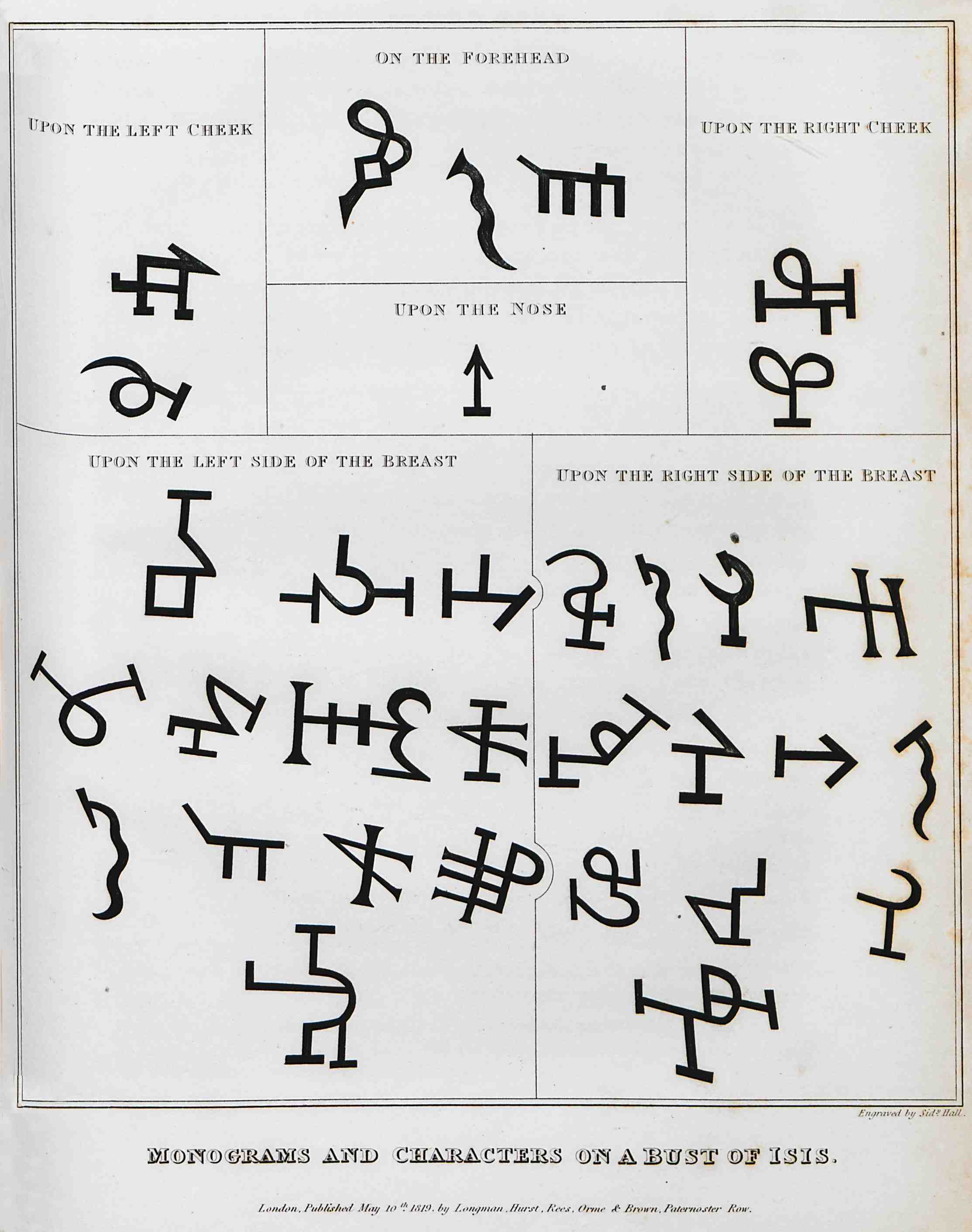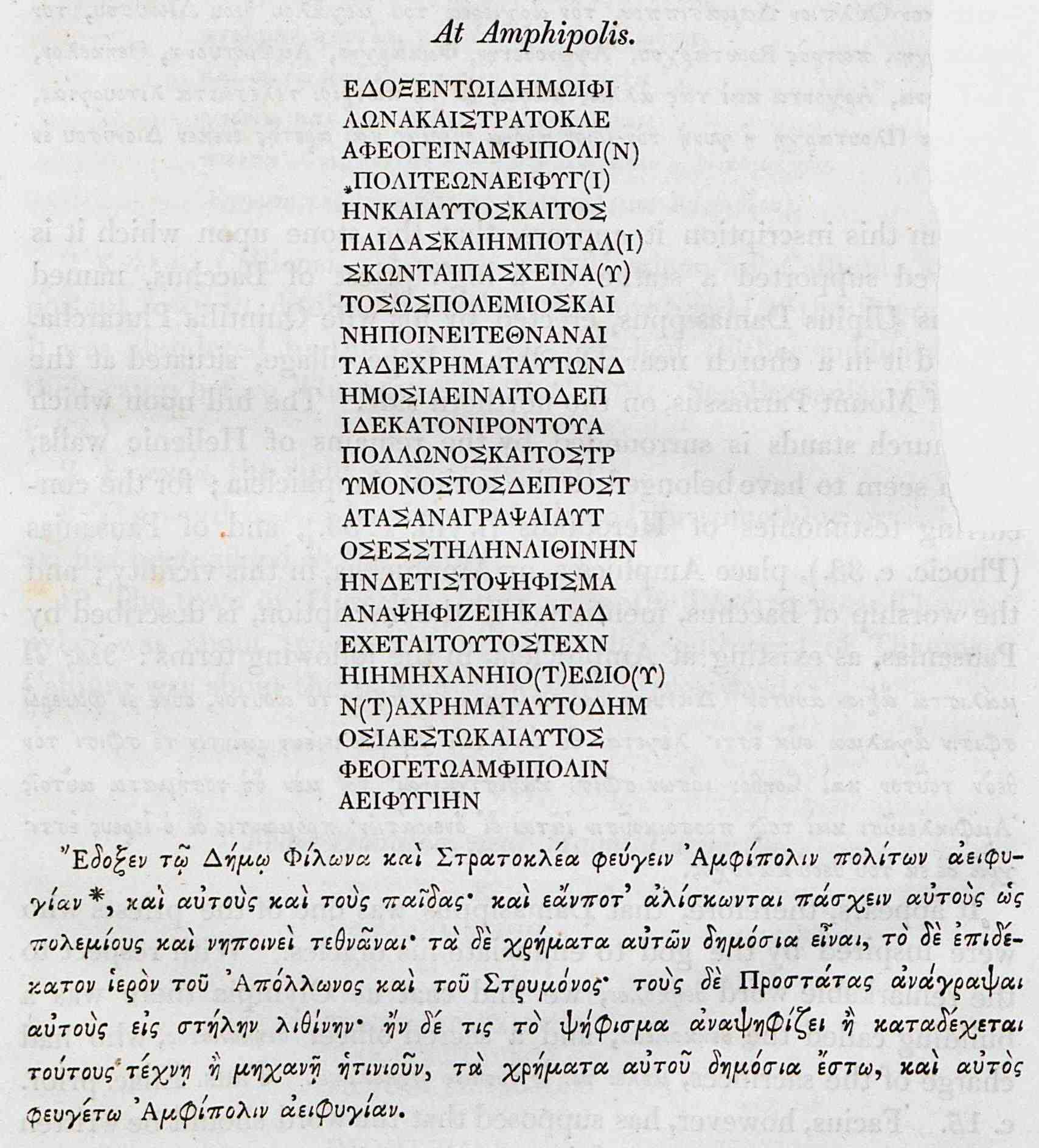Art and antiquities (4900 Subjects)
The temple of Poseidon at Sounion.
View of the excavation site of Heinrich Schliemann at Troy, from the west.
H.M.S. "Osborne" passing Aegina. On the hilltop on the right, the temple of Aphaia.
Ancient tombs at Munichia (today Mikrolimano), Piraeus.
Ancient ruins and sarcophagi at Assos, Asia Minor.
Ancient bridge, probably of the Roman era, over the river Tuzla (anc. Satniois), close to Assos, Asia Minor.
The Acropolis from the west.
Acropolis from the southwest.
Parthenon.
Temple of Hephaestus at Theseion, Athens.
Monument of Philopappus, Athens.
Funerary stele from Kerameikos, Athens.
The Horologion of Andronikos Kyrristos or Tower of the Winds in Athens.
Temple of Olympian Zeus, Athens.
Erechtheion.
Ancient Corinth with the temple of Apollo and Acrocorinth.
Niches for votive offerings at the sancturary of Aphrodite on the Sacred Way, which led to Eleusis.
The temple of Apollo at ancient Corinth.
Funerary stele from Kerameikos, Athens.
Panoramic view of Athens from the Nymphs' Hill. On the left, Athens Observatory. At the centre, the temple of Hephaestus. On the right, the Acropolis.
Drawing of the remains of the northern wall of the Acropolis of Castelli, Patmos (situated to the north of Chora of Patmos).
View of Midas monument in the village of Yazılıkaya, near Eskişehir. The whole of the ancient site is also called Midas City due to its plethora of Phrygian monuments, and forms part of the Phrygian valley.
The structure known as “drakospito” (ogre's house) on top of Mount Ocha, Euboea. According to the author, it was and ancient sanctuary. However, although animal remains and fragments of vases have been discovered on the site, to date the exact function of the building has not been established with certainty.
The structure known as “drakospito” (ogre's house) on top of Mount Ocha, Euboea. 1. Interior view of the entrance and part of the façade. 2. Plan of the site. 3. Plan and section of the entrance.
Statuette from Egypt.
Map of the site of ancient Gortyn, Crete. View of Gortyn.
Strife of Poseidon and Athena, from the western pediment of the Parthenon. Dionysus from the eastern pediment of the Parthenon. Dionysus from the Choregic monument of Lysicrates. The strife of Poseidon and Athena, with other gods present: Ancient vase, which was discovered during the excavations of the walls of the Acropolis and ended up in Cambridge as part of Edward Clarke's collection.
Votive stele from Susa, Iran.
Enigmatic inscription from a bust of Isis. In the late 18th century the inscription became the cause of controversy among British scholars. Several academics believed that it was an Egyptian bust with Chinese ideograms, produced in the context of Chinese-Egyptian commercial relations, while others considered the item a forgery.
Ancient inscription from Amphipolis.


